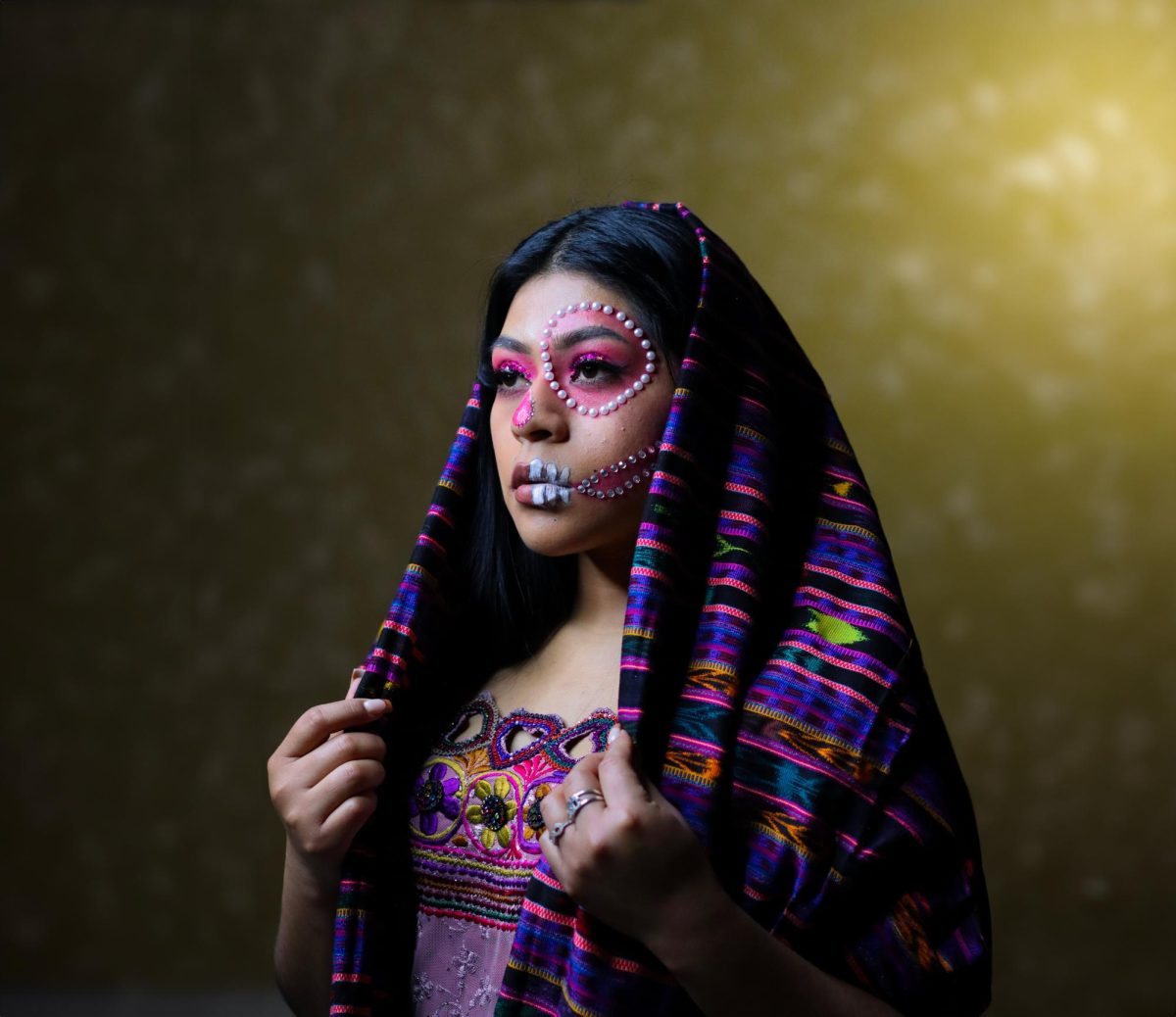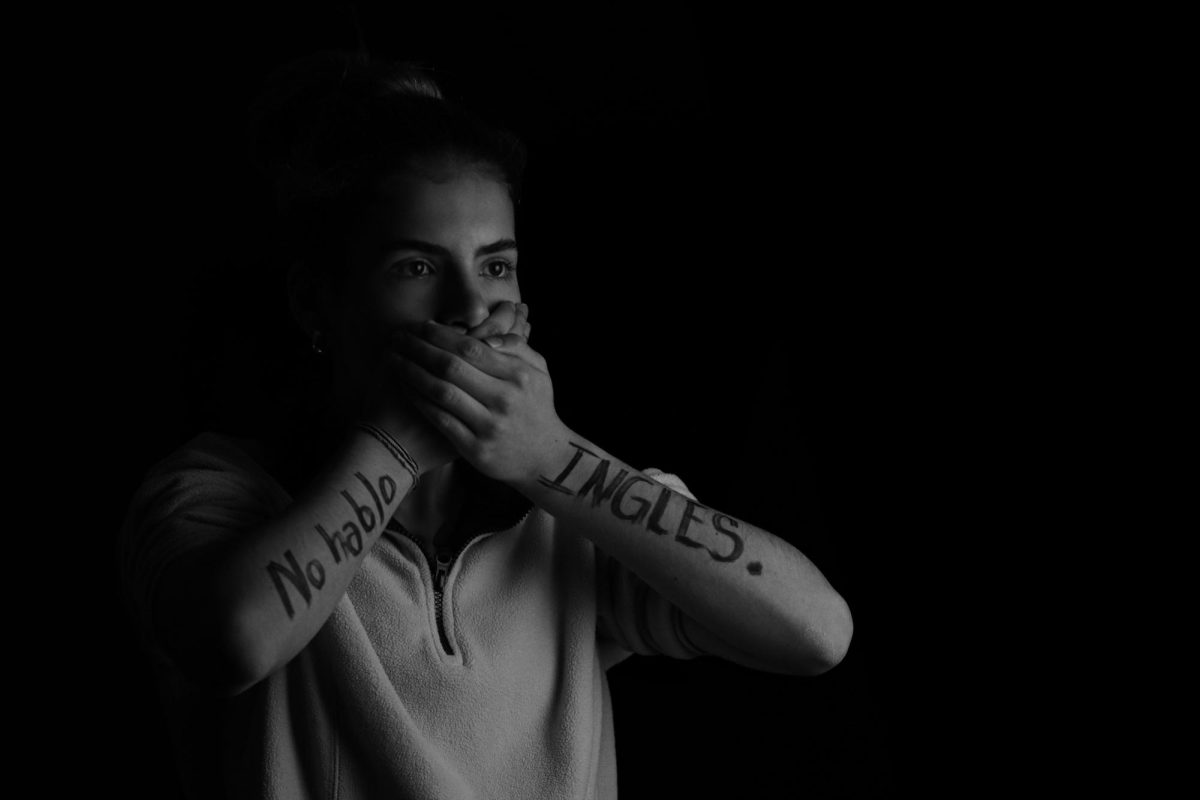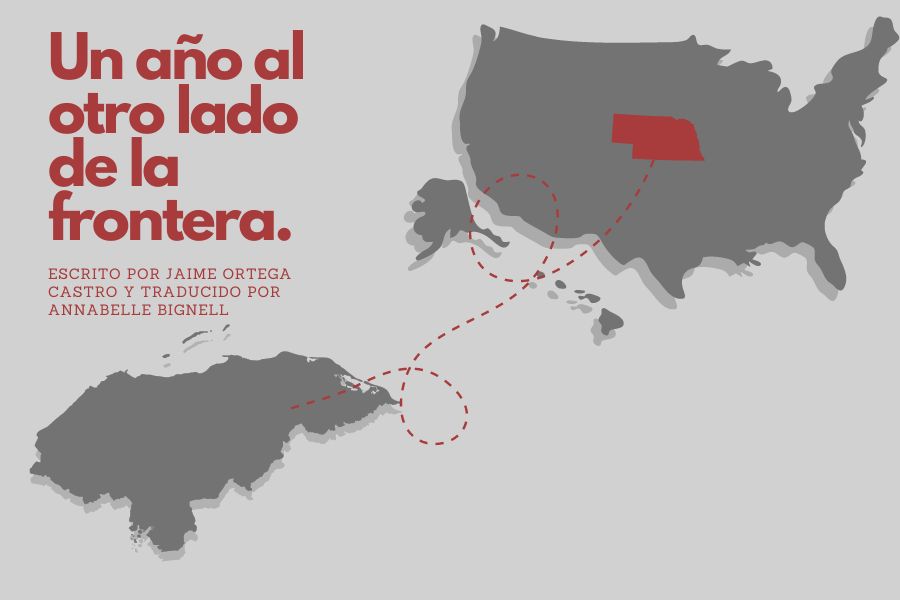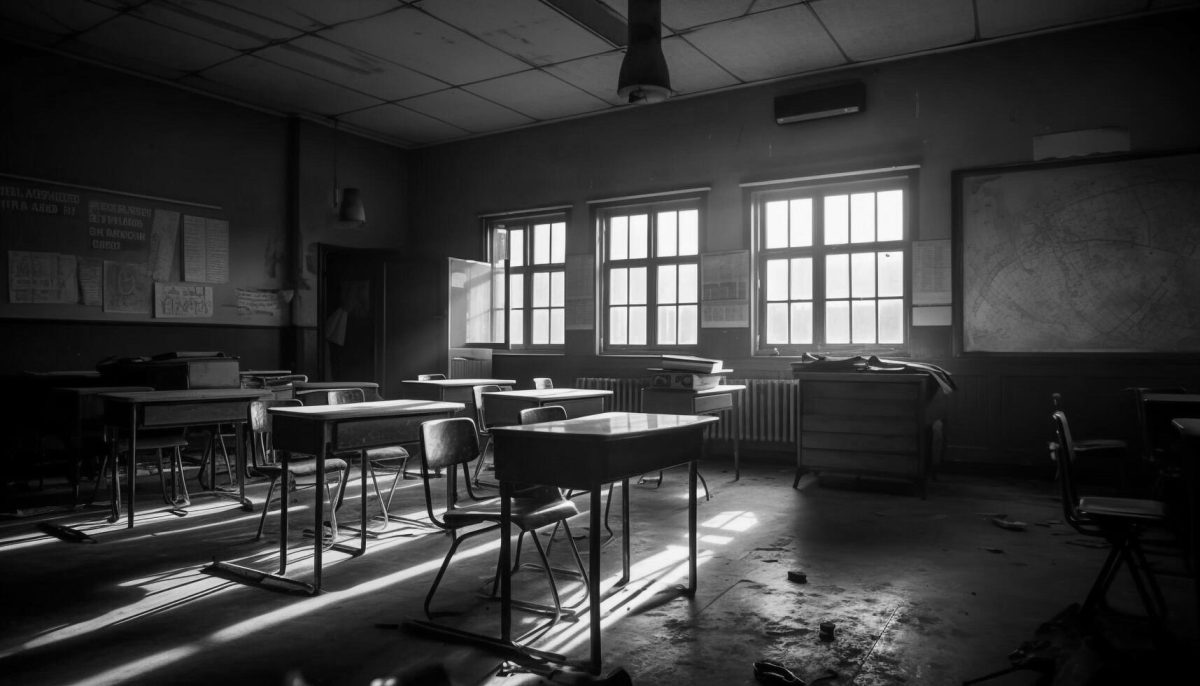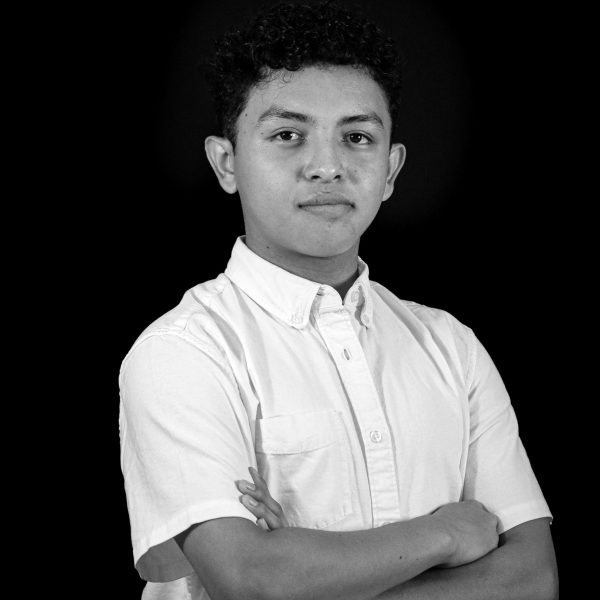All countries around the world have many traditions that represent them. Mexico is one of the most multicultural countries in the world, and its cultural festivals are so varied that they can take their spectators from a simple Quinceanera to a party bringing the dead to life.
The Day of the Dead is a celebration that many countries in Central and South America celebrate. In some countries they call this day “Day of the Faithful Dead,” “Day of the Innocent Saints,” or “Day of the Saints.”
Many countries have a specific way of celebrating this day, but Mexico takes this celebration to another level.
The Day of the Dead originated in pre-Hispanic times. The indigenous people were some of the first people to celebrate this festival. They paid tribute to death because for them death is sacred.
Since ancient times, The Day of the Dead has been celebrated for a period of one week and to merge with Catholic beliefs and give rise to another festival, it is evolving with the passing of time.
The Day of the Dead takes place at the beginning of November, specifically on the first and second day of November. However, it should be noted that people begin to prepare for this celebration many days before.
Tradition teaches that October 29 is dedicated to people who have drowned; while October 30 and 31 are for honoring those children who have died without being baptized, as well as lonely or forgotten souls who do not have family members who remember them.
On November 1, people celebrate the children who have died. This day is classified as “Little Dead.” People clean the bones of their deceased children and serenade them with mariachis.
Families decorate the graves of their relatives with Cempasúchil flowers. They also usually put sugar skulls on top of the graves next to some desserts, one of those delicacies is “bread of the dead,” a seasonal sweet bread that is placed on altars to pay tribute to the deceased.
On the first of November, the souls of the little children arrive to spend time with their loved ones while on the second of November, the souls of the adults return.
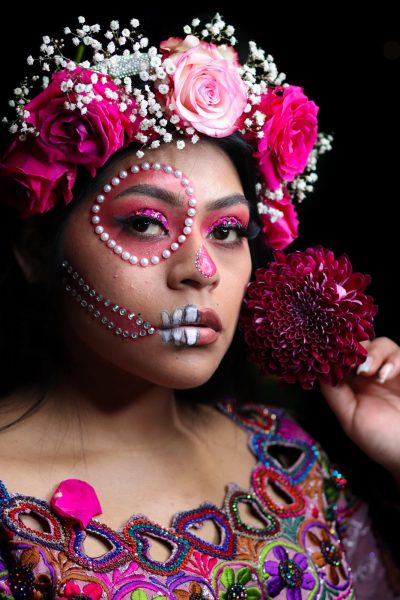
On the morning of November 2, the same process of cleaning the bones of the elderly deceased is carried out.
Every year many families place offerings and altars decorated with Cempasúchil flowers just like they do for the children. Their decorations may also include papel picado (paper cut in little pieces), sugar skulls, bread of the dead, mole or some dish that their relatives liked. The offering is dedicated to the deceased and incense is placed to aromatize the surrounding areas.
The offerings on the altar are a tradition of more than 3,000 years whose objective is to provide their recently deceased loved ones with everything the deceased need for their journey to Mictlan, where Mictlantecuhtli and Mictecacihuatl, god and goddess of the dead, await them.
In the offering many people usually put all their loved ones’ favorite foods. For example, if a man liked to drink wine, they would put his favorite food and wine in his offering.
Traditions also say that on November 2nd, all souls arrive together at three in the afternoon, whether they are children, adults, forgotten, or remembered people.
For this reason, the main celebration of the Day of the Dead festival begins at 3:00 in the afternoon and continues until dawn.
Family and friends eat together in the cemetery or make paths with flowers that guide the souls of their loved ones allowing them to reach their homes.
A lot of people do not know what this tradition represents for Mexicans. Day of the Dead is more than a tribute to the deceased; it is a warm embrace of the life and memory of those who are no longer physically in this world. This holiday, full of symbolism and love, invites everyone to reflect on the eternal connection of each loved one who has passed away and the beauty of honoring their legacy while celebrating existence itself.
Amidst the flowers, candles, and festivities, The Day of the Dead reminds people that death is only part of the cycle of life, and that love endures beyond the border between the physical and the spiritual.


